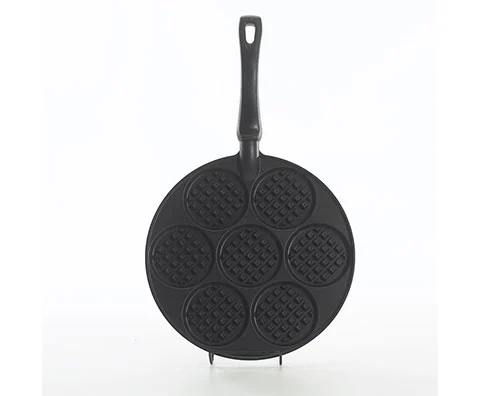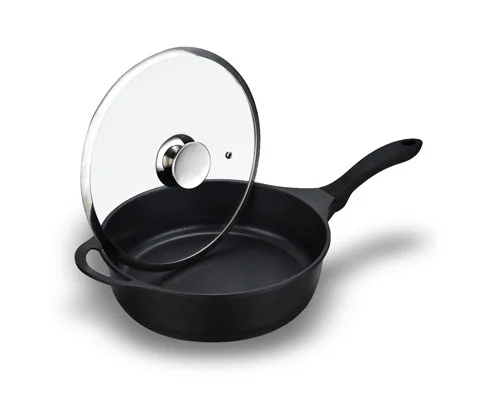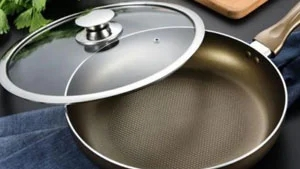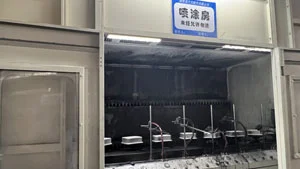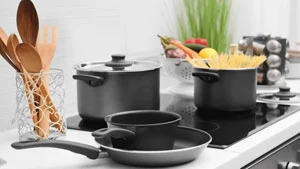1. The enamel pot, also known as the cast iron enamel pot, is a pot in which the cast iron pot body and the enamel coating are fused. It combines beauty with heat retention, cleverly concentrating heat to keep food warm. But in actual use, the so-called heat preservation effect is average, especially for short stew time. Again, the water retention is likely to be about the same as a regular pan. In addition, some users pointed out that the enamel pot is too heavy, which also causes some inconvenience when cleaning. If used for a long time, the pot body may turn black.
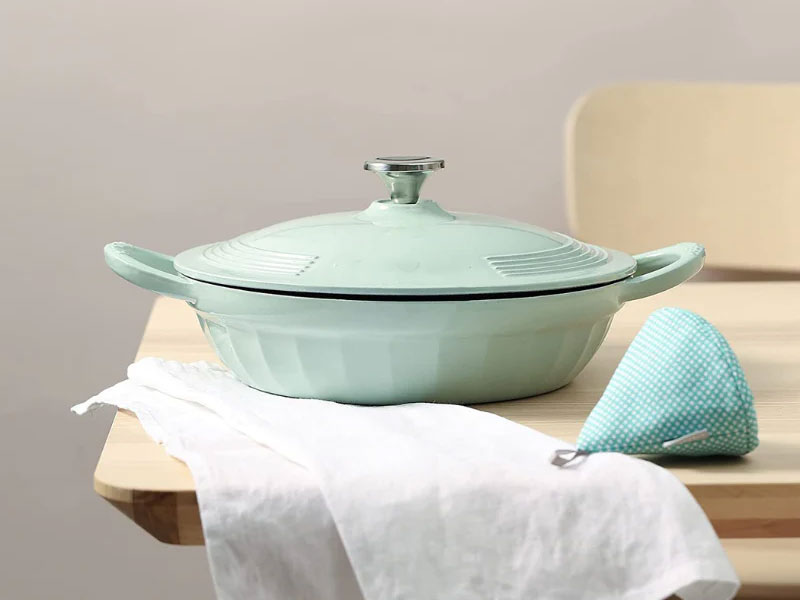
2. Snow pot, originated in Japan. In recent years, because of its lightweight and fast heat conduction, it has set off a wave of Internet celebrities in China. The column is mainly made of aluminum, which has the characteristics of lightweight and fast heat conduction. Some buyers choose it for its advantages of lightness, heat conduction, etc., intending to use it to cook noodles, noodles, etc. However, in actual use, some users found that this kind of pot is prone to sticking to the bottom. During the cooking process, the bottom of the pot is prone to burnt food, causing uneven heating of the food. In addition, if you use it for a long time, you will find that the edge of the pot will turn black, which is difficult to clean, which will affect the appearance and life of the pot. Snowboard handles are usually made of wood. While scalding can be avoided, prolonged exposure to water may cause the wood to crack and fall apart.
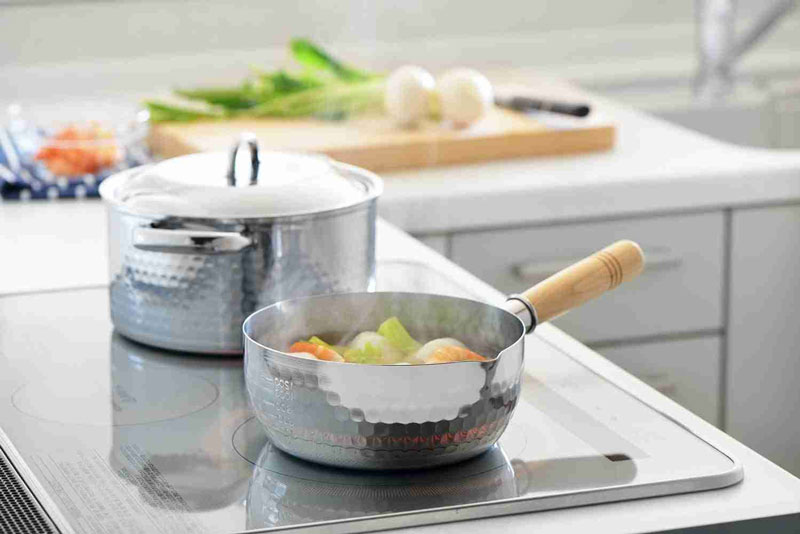
3. Traditional cast iron pans are prized for their excellent heat storage properties. The primary raw material of cast iron pots is cast iron, which is known for its excellent heat storage properties and is suitable for slow cooking, stewing, and other cooking methods. However, heat transfer is compromised during high-temperature cooking and rapid frying. The speed of the cast iron pot is slow and the thermal conductivity is poor, so it is difficult to meet the requirements of fast cooking, which affects the taste of the dishes. Secondly, cast iron pans are heavy and inconvenient to use. One-handle cast iron pans are difficult to operate with one hand, while two-handle cast iron pans offer less dexterity when cooking.
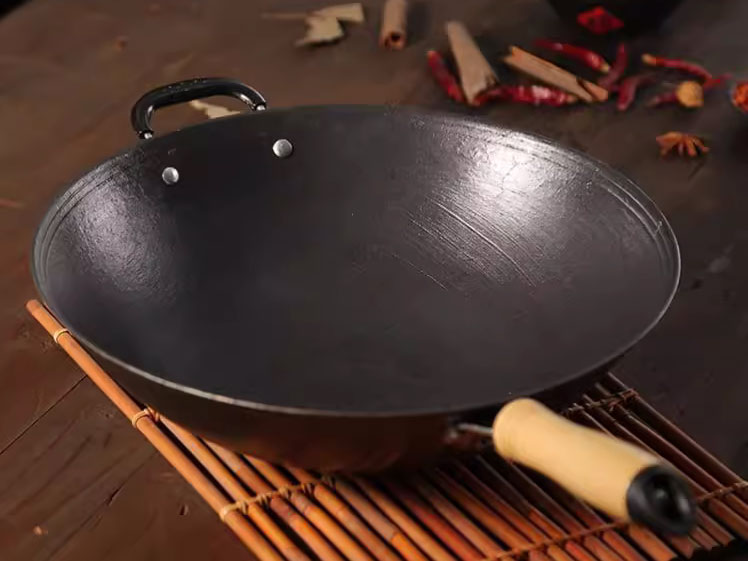
 English
English 中文
中文 日本語
日本語 한국어
한국어 français
français Deutsch
Deutsch italiano
italiano Suomi
Suomi dansk
dansk Svenska
Svenska

